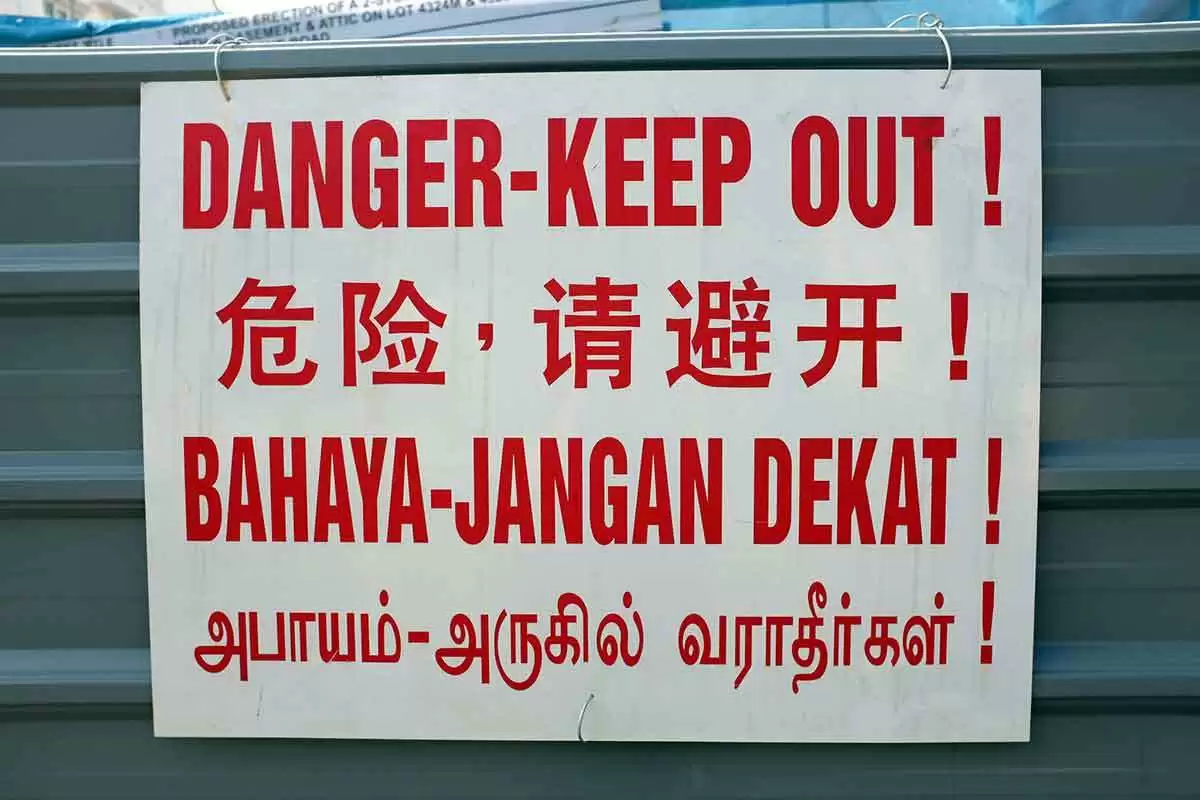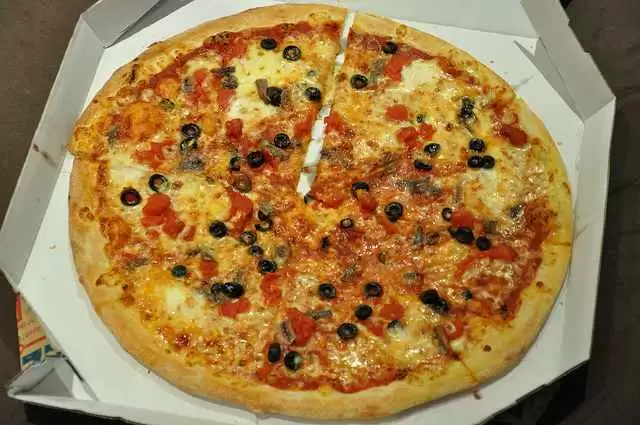
Celiac.com 11/09/2018 - Adjusting to the obvious guidelines of a gluten-free diet is challenging and often overwhelming. You soon learn that what is gluten-free today may not be gluten-free tomorrow—mainly because companies can change their recipes, suppliers, or production methods. As if that weren’t bad enough, you begin to realize that gluten is ‘hidden’ in foods. How is one to keep up to date with all of this?
Don’t despair, as there are many avenues of help available to you. Thanks in large part to Andrea Lavario and her Task Force, congress will soon be requiring companies to list ingredients that heretofore have been disguised under auspicious names such as ‘vegetable protein’ and ‘food starch’ (see Autumn 2004 Journal of Gluten Sensitivity, pg. 1). There are also a few reliable food lists on the internet that are compiled by people who call companies regularly to check out dubious ingredients. Some of the posted lists are out of date and unreliable, so check the validity of the sight before relying on the information given.
Celiac.com Sponsor (A12):
So what are the hidden sources of gluten?
Let’s examine our homes first. Do you toast your gluten-free bread in the same toaster that is used for wheat-based bread? Yes, those tiny wheat crumbs that remain in the toaster could contaminate your gluten-free bread. Invest in a dedicated toaster for gluten-free products. If you toast wheat-based hamburger buns and hot dog buns on the same grill as gluten-free ones, this could be another breeding ground for cross-contamination. Grill the gluten-free foods first, and afterwards clean the grates thoroughly (Put the grates in your oven before running the self-cleaning cycle). If you are baking both gluten-free and wheat-based cookies during the holidays, make the gluten-free ones first. If you bake with wheat flour first, there could be some residual flour dust in the air and on your counters (Wheat flour can remain in the air for up to 24 hours!). Wood cutting boards are porous and gluten may become embedded in them—use a marble cutting board instead. Finally, beware of knives. At breakfast, do the gluten-consuming members of your family spread peanut butter on their toast, and then double-dip to get a little more peanut butter out of the jar? If so, get a peanut butter jar just for you. When they double-dip, some of their wheat crumbs may be getting into the jar and will eventually contaminate the dollop you retrieve from the jar.
Non-food items also pose gluten challenges. Do you use latex or rubber gloves to wash dishes? These may be dusted with wheat or oat flour. Make a phone call to your doctor, dentist, orthodontist and periodontist and request that they use non-powdered gloves. Gluten hides in art supplies, such as paints, clay, play dough, and glue. It is also present in many personal items such as lipstick, lip balm, sunscreen, shampoos, soaps, cosmetics, and skin lotions. Household products such as cleaning solutions, detergents, even bar soap may contain gluten. Fortunately, you can refer to lists on the internet for ‘safe’ alternative brands that are available.
Medications frequently contain gluten. Pills may be dusted with flour during manufacturing and capsules may have gluten present in the oil inside. Frequently your pharmacist will be able to tell you if any given medication is safe for you, but you may have to call the manufacturer. Again, there are websites that have gluten-free medications listed.
Oats remain a food of debate. While ‘pure’ oats may be safe for some celiacs, it is very difficult to find ‘pure’ oats that are grown and processed in the U.S.A. Some celiacs are able to consume oats imported from Ireland, while others have reactions to them. Even the safe flours (rice, potato, tapioca, bean) can be contaminated if they are milled or processed in a facility that processes wheat, rye or barley grains. A call to the processing company will tell you if they have machinery and facilities dedicated to gluten-free grains only. If you purchase imported flours from an oriental store, you obviously are not able to contact the manufacturer. Many of the Asian plants are dedicated exclusively to processing rice products, especially those in Thailand, but some are not. It is your personal decision whether or not to trust the purity of items purchased from abroad.
Reading labels is a highly refined art form. Not-so-obvious terms on labels signal gluten, like malt, graham, spelt, kamut. If you pick up a jar of chili powder it may or may not contain wheat flour which can be added to keep it from clumping—but even if it does you likely won’t find wheat listed on the label. There are foods that you think are 100% pure, but when you examine the label, other ingredients have been added, like tomato paste. Rice syrup may use barley enzymes. Yeast may be grown or dried using wheat or barely ingredients.
At the grocery store beware of anything that is processed. If it is not a whole food, it may contain gluten. Common culprits include rice or corn cereals, soups, snack foods, lunch meats, sausages, and hot dogs. Shortening may contain vitamin E processed from wheat germ.
Just when you thought it couldn’t get any more confusing, you find hieroglyphics on labels. Letters like HVP (hydrogenated vegetable protein), HPP (hydrolyzed plant protein), and TVP (textured vegetable protein). Other confusing ingredients are maltodextrin, stabilizers, binders, fillers, natural flavor, vegetable gums, and mono & diglycerides, to name just a few. Enriched products should be avoided unless you are certain of the sources of ‘enrichment’. See the Safe & Forbidden Lists for detailed lists of ingredients and their gluten-free status.
Finally, re-check labels each time you buy a product. Companies change their recipes periodically. Duncan Hines Vanilla Ready-to-Spread Frosting used to be gluten-free, as were Pringles Potato Chips—but both manufacturers recently began adding wheat starch to these products. It should be noted that Duncan Hines received so many letters and calls of protest about wheat being added to their frosting that they have switched back to the original gluten-free recipe—but check the label before purchasing. Product ingredients may change from one batch to another. Cool Whip usually does not contain wheat, but occasionally it is added. Archway macaroons are sometimes made with potato starch and sometimes with wheat starch.
The lists above are not intended to overwhelm you, but to make you more aware of the problem that you face, and to help you become more alert. With practice and time, screening for gluten becomes second nature. Now for the good news! By 2006, food labeling will disclose many of the hidden ingredients now on labels, including wheat (barley and rye do not have to be disclosed, but are used far less frequently than wheat). Kraft Foods is already beginning to post labels reading “Gluten Free” on many of their products; other companies will follow their lead. Many grocery store chains are responding by setting up entire gluten-free sections. Gluten-free companies and bakeries are springing up every day. Food chains are recognizing the needs of celiacs and are catering to this new market—Godfather’s Pizza now offers a gluten-free pizza crust (beware!) and many restaurants like Outback Steakhouse now offer gluten-free menus upon request. As each month passes, it is becoming easier and easier to identify gluten-free products—and the number of products made for celiacs will continue to grow as time goes on.
Connie Sarros’ Tortilla Tower
This recipe is from my book: Wheat-free Gluten-free Cookbook for Kids and Busy Adults. It takes just 15 minutes to assemble and uses no special utensils or equipment.
Ingredients:
- ½ pound lean ground beef (some discount super stores add
- ¼ teaspoon pepper
- ½ teaspoon oregano
- 1 jar (15 ounce) GF spaghetti sauce
- 1 egg
- 1 cup GF small-curd cottage cheese
- 4 GF corn tortillas
- 1 cup GF shredded sharp cheddar cheese
Directions:
Preheat oven to 350F. In a skillet over high heat, brown ground beef, breaking it up into small pieces with a fork as it browns. Drain off any fat. Stir in pepper, oregano and spaghetti sauce. Cover pan and simmer over medium/low heat for 5 minutes.
In a small bowl, whisk the egg slightly, then stir in the cottage cheese.
Spoon ¼ cup of the meat mixture in the bottom of a 9-inch pie plate. Place 1 tortilla on top of the sauce in the plate. Spread 1/3 of the cottage cheese mixture on top of the tortilla. Top with ¼ of the meat sauce, then ¼ of the shredded cheese. Repeat these layers 2 more times. Top with the last tortilla, remaining meat sauce, and remaining shredded cheese.
Bake for 30 minutes. After removing from oven, let Tortilla Tower rest for 5 minutes before cutting. Cut into 4 wedges to serve.









Recommended Comments
Create an account or sign in to comment
You need to be a member in order to leave a comment
Create an account
Sign up for a new account in our community. It's easy!
Register a new accountSign in
Already have an account? Sign in here.
Sign In Now